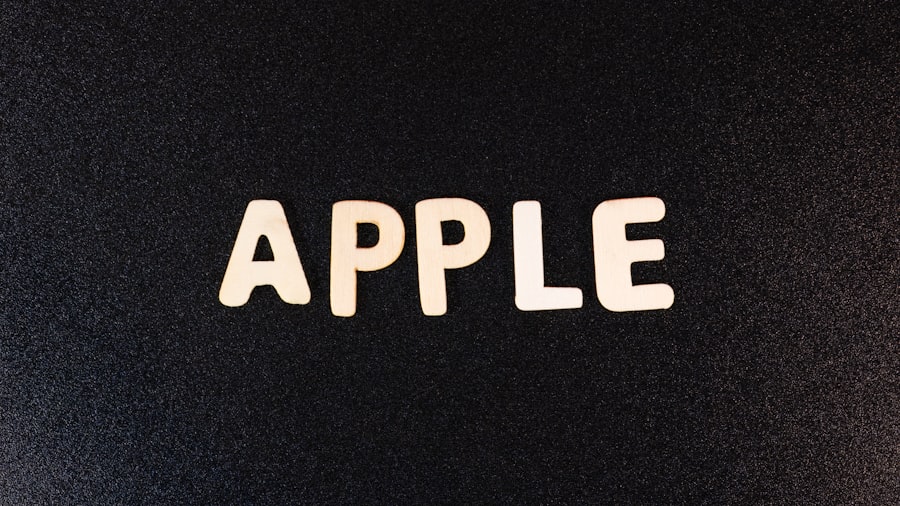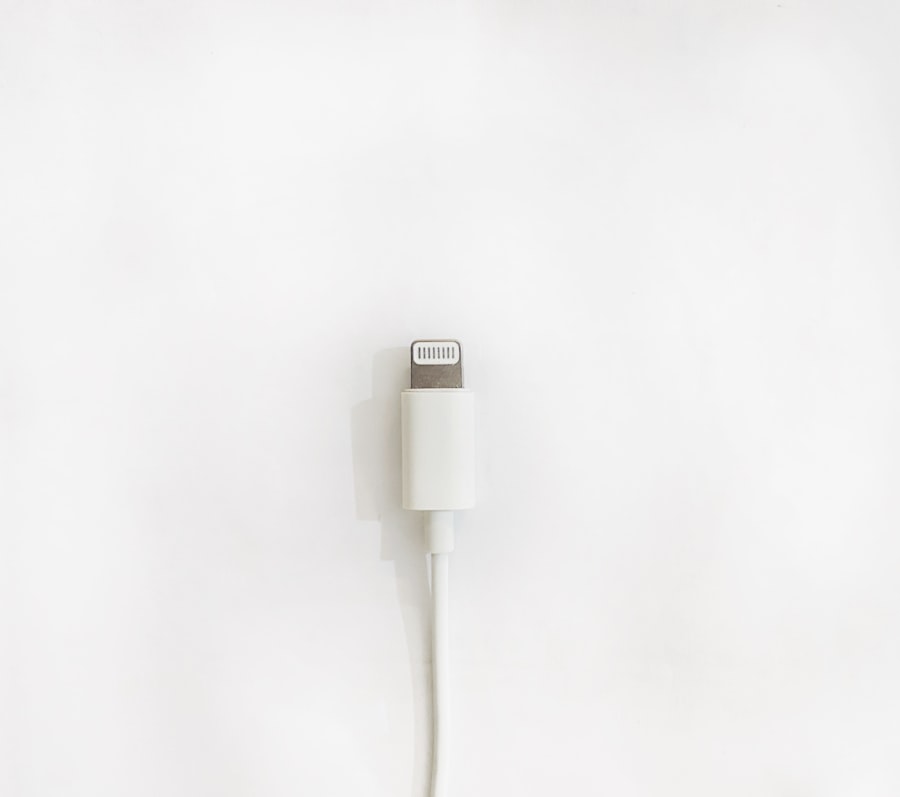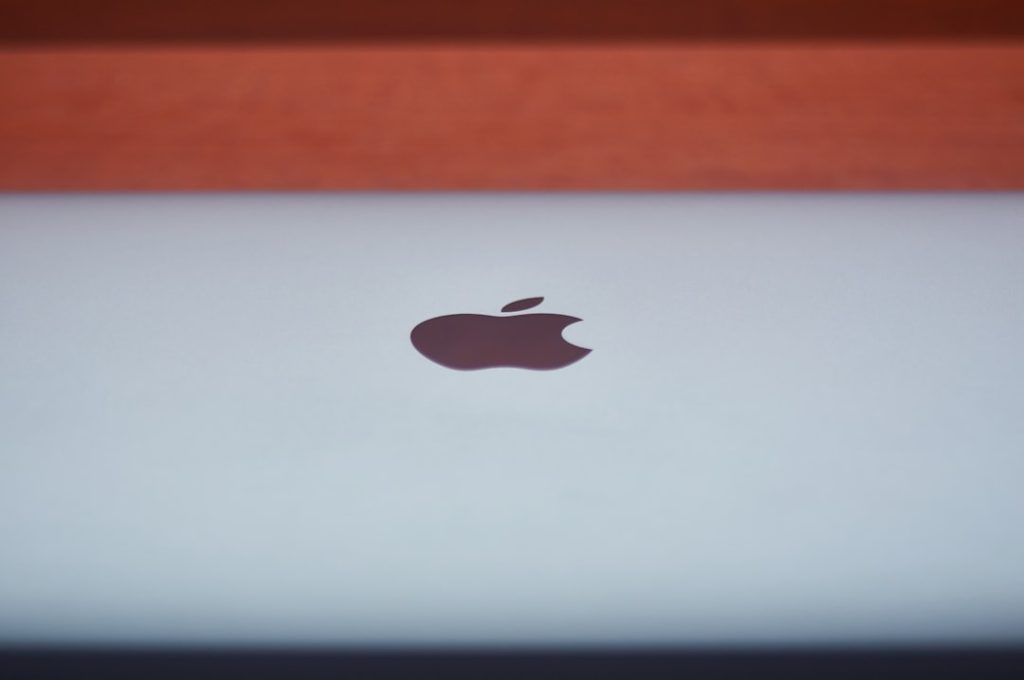Apple devices, renowned for their sleek design and user-friendly interface, are not immune to technical issues. Users frequently encounter a variety of problems that can disrupt their experience. One of the most common issues is battery performance.
Over time, the battery life of devices such as the iPhone, iPad, and MacBook can diminish significantly. Users may notice that their devices drain power more quickly than before, or they may experience unexpected shutdowns even when the battery indicator shows a sufficient charge. This can be particularly frustrating for those who rely on their devices for daily tasks.
Another prevalent issue is software glitches. Apple’s operating systems, including iOS and macOS, are generally stable, but bugs can still occur. Users might find that apps crash unexpectedly, the device freezes, or features do not work as intended.
For instance, an iPhone user may experience problems with FaceTime or iMessage not sending messages or connecting properly. These software-related issues can stem from outdated software versions or conflicts between apps, leading to a less than optimal user experience.
Key Takeaways
- Common Apple Device Issues:
- Battery draining quickly
- Device not turning on
- Apps crashing frequently
- Wi-Fi or Bluetooth connectivity issues
- Screen freezing or unresponsive
- Steps to Troubleshoot Apple Devices:
- Restart the device
- Update to the latest software
- Reset network settings
- Check for app updates
- Restore the device from backup
- When to Call Apple Helpline:
- Hardware issues such as a broken screen or water damage
- Software issues that cannot be resolved through troubleshooting
- Warranty and repair inquiries
- How to Contact Apple Helpline:
- Call 1-800-MY-APPLE
- Schedule a call through the Apple Support app
- Visit an Apple Store for in-person support
- What to Expect When Calling Apple Helpline:
- Professional and courteous customer service
- Troubleshooting steps and guidance
- Potential repair or replacement options
- Warranty and service coverage information
- Tips for Efficiently Communicating with Apple Helpline:
- Provide detailed information about the issue
- Be patient and follow the technician’s instructions
- Ask for clarification if needed
- Keep track of any case or reference numbers provided
- Additional Resources for Apple Device Troubleshooting:
- Apple Support website and community forums
- Apple Support app for self-help resources
- AppleCare+ for extended support and coverage options
- Preventative Measures for Future Apple Device Issues:
- Use a protective case and screen protector
- Regularly update software and apps
- Avoid exposing the device to extreme temperatures or moisture
- Back up data regularly
- Consider purchasing AppleCare+ for extended warranty and support
Steps to Troubleshoot Apple Devices
When faced with issues on an Apple device, the first step in troubleshooting is often a simple restart. This action can resolve many minor glitches and refresh the system’s memory. For instance, if an app is unresponsive or the device is running slowly, turning it off and then back on can clear temporary files and reset processes that may be causing the problem.
This method is effective for both iPhones and MacBooks and is often recommended as a first line of defense. If restarting does not resolve the issue, users should check for software updates. Apple regularly releases updates that not only introduce new features but also fix bugs and improve performance.
To check for updates on an iPhone, users can navigate to Settings > General > Software Update. On a Mac, the process involves going to System Preferences > Software Update. Keeping the device updated ensures that users benefit from the latest improvements and security patches, which can mitigate many common issues.
When to Call Apple Helpline

While many issues can be resolved through basic troubleshooting steps, there are times when it becomes necessary to contact Apple’s helpline. If a device is experiencing persistent problems that do not improve with standard fixes, it may indicate a deeper hardware or software issue that requires professional assistance. For example, if an iPhone repeatedly fails to connect to Wi-Fi despite being in range of a network and having the correct password entered, this could suggest a hardware malfunction rather than a simple user error.
Additionally, if a device is under warranty or covered by AppleCare+, reaching out to the helpline can provide users with peace of mind. Apple’s support team can guide users through more advanced troubleshooting steps or arrange for repairs if needed. It is particularly important to contact support if there are signs of physical damage, such as a cracked screen or water exposure, as these issues may require specialized repair services.
How to Contact Apple Helpline
| Contact Method | Availability |
|---|---|
| Phone | 24/7 |
| 24/7 | |
| Live Chat | 24/7 |
| Support Website | 24/7 |
Contacting Apple’s helpline is straightforward and can be done through various channels. The most direct method is by calling Apple Support at their designated phone number, which varies by country. Users can find the appropriate number on Apple’s official website under the support section.
When calling, it is advisable to have the device’s serial number handy, as this information will help the support representative assist more efficiently. In addition to phone support, users can also reach out via Apple’s online chat service. This option allows for real-time communication with a support agent without needing to make a phone call.
For those who prefer written communication, submitting a support request through Apple’s website or using the Apple Support app can be effective as well. The app provides personalized assistance based on the user’s device and issue, making it a convenient option for troubleshooting.
What to Expect When Calling Apple Helpline
When contacting Apple’s helpline, users should be prepared for a structured support process. Upon calling, they will typically be greeted by an automated system that guides them through selecting their device type and describing their issue. This initial step helps route the call to the appropriate department or representative who specializes in the user’s specific problem.
Once connected with a support agent, users can expect a thorough inquiry into their issue. The representative will ask questions about the symptoms being experienced and may request that users perform certain troubleshooting steps during the call. This interactive approach allows for real-time problem-solving and ensures that all potential solutions are explored before considering repairs or replacements.
Users should remain patient and provide clear information about their device and the issues they are facing to facilitate an efficient resolution.
Tips for Efficiently Communicating with Apple Helpline

To maximize the effectiveness of communication with Apple’s helpline, users should prepare in advance before making the call. Having relevant information at hand—such as the device model, serial number, and details about any error messages—can significantly streamline the process. Additionally, users should be ready to describe the issue clearly and concisely, including any troubleshooting steps they have already attempted.
It is also beneficial to remain calm and patient during the conversation. Technical issues can be frustrating, but maintaining a polite demeanor can foster a more productive interaction with the support agent. If the initial representative cannot resolve the issue, users should not hesitate to ask for escalation to a senior technician or specialist who may have more expertise in handling complex problems.
Additional Resources for Apple Device Troubleshooting
Beyond contacting Apple’s helpline, there are numerous resources available for users seeking assistance with their devices. The official Apple Support website offers a wealth of articles and guides covering a wide range of topics from basic troubleshooting to advanced technical issues. Users can search for specific problems or browse categories related to their devices.
Moreover, Apple’s YouTube channel features instructional videos that visually guide users through various troubleshooting processes. These videos can be particularly helpful for visual learners who benefit from seeing step-by-step demonstrations of how to resolve common issues. Additionally, community forums such as Apple Communities allow users to connect with other Apple device owners who may have experienced similar problems and found solutions.
Preventative Measures for Future Apple Device Issues
To minimize the likelihood of encountering issues with Apple devices in the future, users can adopt several preventative measures. Regular maintenance is key; this includes keeping software up-to-date and periodically checking for app updates as well. Users should also manage storage effectively by deleting unused apps and files that may slow down performance.
Another important aspect of device care is ensuring proper usage habits. For instance, avoiding extreme temperatures and using protective cases can help prevent physical damage to devices like iPhones and MacBooks. Additionally, being mindful of battery health—such as avoiding overnight charging—can prolong battery life and overall device performance.
By implementing these practices, users can enhance their experience with Apple products and reduce the frequency of technical issues they encounter over time.



